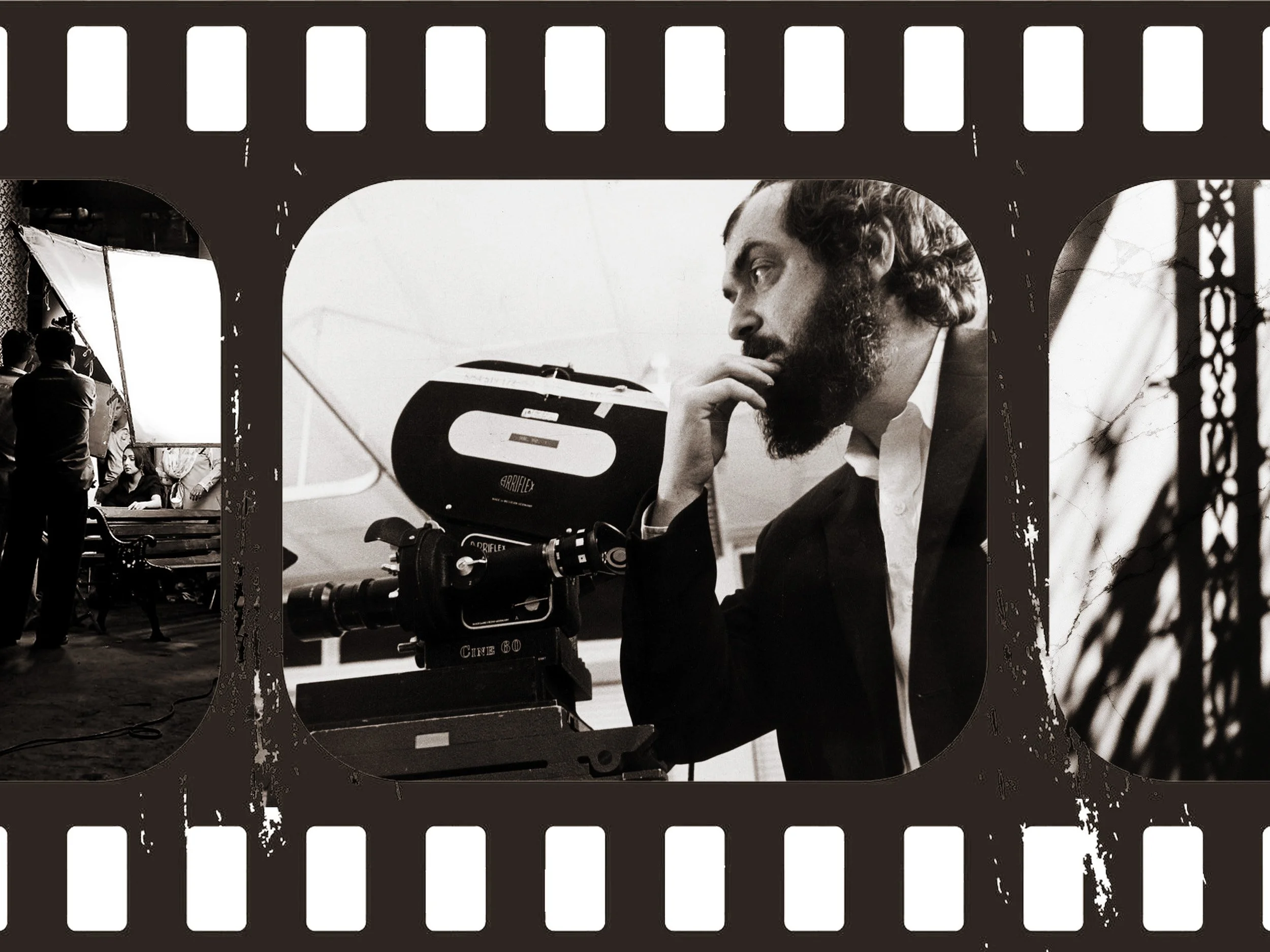BEHIND THE LENS
Insights & observations from my travels on Design, Hospitality & Hotels
The Unseen Script:
Crafting Invisible Experiences in Hotels & Hospitality
There's a lot of conversation about the importance and value of delivering a true guest experience over and above the core business activity of 'selling rooms' in hospitality right now. I agree with this sentiment, but it was a recent post by James Doughty that really grabbed my attention. Doughty was sharing a quote from London based Matter and Form’s publication 'Journeys' in which Alexander Robertson at Jumeirah states:
"It's the compounding of micro-moments that come together to form a warm, authentic story brought to life."
Maybe this is where the real challenge lies - not in creating the larger, grand experiences or in elaborately designed spaces but in crafting places where everyday experiences happen on a stage so carefully designed that the workings go unseen. Since reading Francis Ford Coppola refer to creating hotels as surrogate films, I've drawn parallels to the filmmaking approach.
Like Coppola suggested, the creation of truly immersive hospitality experiences can be understood through filmmaking principles - specifically, the meticulous crafting of set, stage, characters, costumes, script, and details. Every element must be consistent to the story being told. Just as film transports viewers into believable worlds, exceptional hospitality should do the same for guests.
I'm aiming to decode the invisible experiences that make places feel special - the foundation for my approach to concept creation.
So how does the principle of continuity in film actually work in hospitality? How does the consistent delivery of those micro moments deliver on the promise of what a place is.
Of course, spatial design and aesthetics need to flow seamlessly, the design principles, colour palettes, materials, and lighting should continue from public spaces through to guest rooms it should feel like moving through the same world.
But it is the micro details, the service, the art, the uniforms that are just as vital. Every staff member, from reception to housekeeping, should embody the same philosophy and values. Their interactions need to be consistent - not scripted, but genuinely reflecting what this place stands for. If the lobby promises warmth and welcome, that energy needs to continue throughout every interaction.
Sensory consistency ties it all together. The scents, background music, and overall ambiance should reinforce the brand identity and desired atmosphere. Consistent elements that reinforce the story being told.
Continuity can be subtle, when crafted well they are often unseen, not registered but when they are wrong, when they are inconsistent, they immediately break the spell and pull people out of the experience. A staff member whose attitude seems disconnected from the place's values or a design element that feels wrong for the story. These breaks create doubt, doubt in the brand and the message they are stating.
To deliver on experience, consistency is key.
Michel Berger Courtyard
So what exactly are these micro-moments in hospitality? They're the subtle, often subconscious interactions and sensory inputs that guests experience but rarely consciously register. These aren't grand events but the collection of background details, the tempo shift in music throughout the day, the scent in the lobby, the choice of art, the welcome greeting on arrival.
In film, every frame, every sound, every subtle expression contributes to the overall narrative and emotional impact. If details are inconsistent, it reminds viewers they're watching a constructed reality, breaking the spell. Continuity is the device used to create this seamless and consistent flow of elements within a film, both from shot to shot and scene to scene. Its primary purpose is to maintain the illusion of reality and prevent anything from distracting the audience and pulling them out of the story.
In hospitality we can use the same device to consistently deliver those micro-moments, a collection of essential yet often hidden details - that collectively build a richly layered landscape that supports the story being told. And just like film, the true art lies in their invisible nature, they are so seamlessly integrated into the guest journey that they aren't consciously registered as 'experiences' but rather as inherent qualities of the environment. They contribute to feelings of ease, comfort, and belonging without demanding explicit attention. They create the character and essence of a place you 'can't quite put your finger on'.
Achieving these micro-moments requires intentional design from the outset, a clear vision that sets out what experience we want people to have, how does every choice, from cutlery to toiletries support the story we are telling?
Just like in film, in hospitality continuity is vital to success, one jarring note can pull guests out of the carefully constructed immersive experience you've built.
Using these film principles, we can create hospitality that gives space for real experiences to happen.
This takes careful attention to what makes each place special and building clear frameworks that keep the story consistent through development and operation. I whole heartily agree that exceptional hospitality isn't just about rooms - it's about creating places where people feel connected.
The next blog series will cover this approach in detail - the step-by-step process for building these invisible experiences. From research through implementation, I'll share the methodology for turning places into destinations people remember.
What are the micro-moments that have defined your most memorable stays? Which properties have you been to where you couldn't quite put your finger on what made them special?



